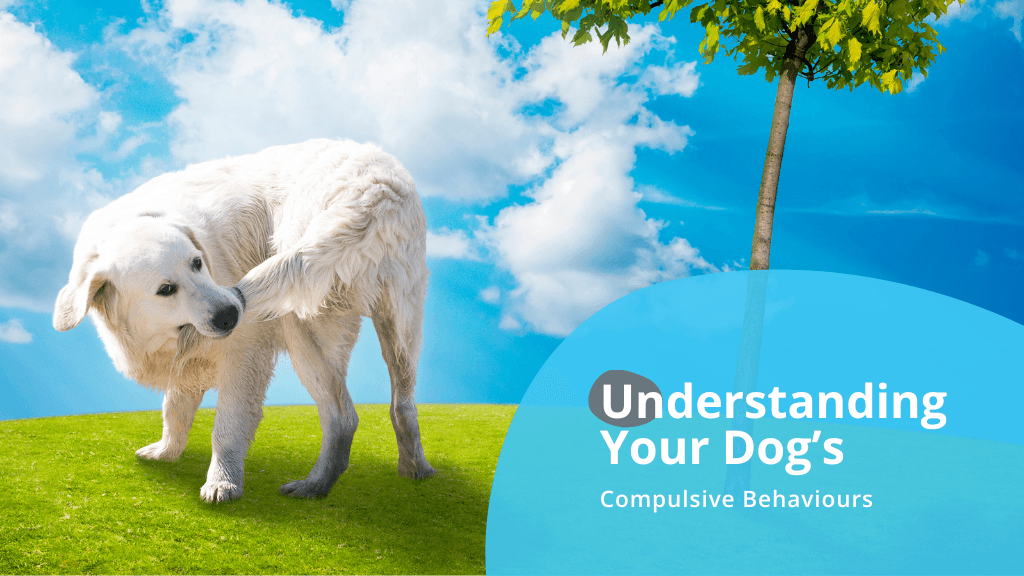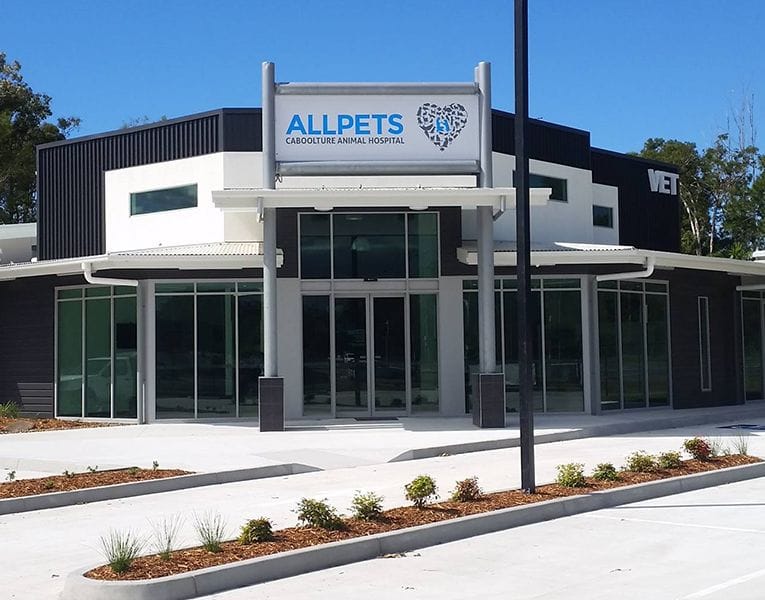Understanding Your Dog’s Compulsive Behaviours
)
What is Canine Compulsive Disorder?
Just like humans, dogs can develop compulsive behaviours that may affect their well-being. These repetitive actions, known as Canine Compulsive Disorder (CCD), mirror obsessive-compulsive tendencies in humans. While it's difficult to know if dogs experience obsessive thoughts, their actions clearly indicate compulsions that can negatively impact both their lives and their owners’ daily routines.
Recognising Signs of Canine Compulsive Disorder
Dogs with CCD engage in behaviours that seem normal in moderation but become extreme and harmful over time. Common signs of CCD include:
- Self-inflicted injuries such as missing fur or raw skin, especially on the tail, legs, or other extremities.
- Inability to interrupt the behaviour, even with physical restraint, leading to it occurring more frequently and disrupting normal activities.
- Excessive tail chasing, particularly when the tail is injured (though not all tail chasers will harm themselves).
- The behaviour may begin during social maturity, with playful activities decreasing as the compulsion intensifies.
- In some cases, the behaviour may seem to have started after an event, such as chasing an unattainable object, but often there is no clear cause.
- Over time, the behaviour worsens, and self-injury becomes more apparent due to the repetitive nature of the actions.
What Triggers Compulsive Behaviour in Dogs?
- Chronic Pain: Long-term pain from past injuries or health issues can lead dogs to develop compulsive habits, such as biting or licking affected areas. Even after the pain is resolved, these behaviours may persist, highlighting the need for early identification and treatment
- Environmental and Social Stress: Disruptions to a dog's routine or conflicts within the household can also trigger compulsive behaviours. Dogs need structure, and changes—such as being left alone for long periods—can cause anxiety and lead to compulsive actions. Traumatic events, like accidents, may also contribute to post-traumatic stress, which can manifest as compulsive habits.
- Genetics: Some breeds are more prone to developing compulsive behaviours. For example, Doberman Pinschers may lick their flanks excessively, while Cavalier King Charles Spaniels often engage in fly snapping or shadow chasing. Breed-specific tendencies suggest that genetics play a role in the development of CCD.
Diagnosing Canine Compulsive Disorder
A thorough veterinary examination is essential for diagnosing CCD. This process often involves ruling out other potential causes, such as allergies, infections, or neurological disorders. Certain behaviours, like excessive licking or pacing, may indicate underlying health issues, so it's crucial to perform a complete physical examination, along with blood tests and imaging, to accurately diagnose the condition.
In cases where CCD is suspected, a detailed investigation helps ensure the appropriate treatment is given. Head pressing, for example, is not typical of CCD and usually signifies severe distress that requires immediate attention.
Managing Canine Compulsive Disorder
Treatment for CCD often involves a combination of strategies to address both the behaviour and its underlying causes. It’s important to avoid punishing the dog, as this can make the behaviour worse. Instead, focus on creating a calming and structured environment for your pet.
- Exercise and Mental Stimulation: Regular exercise suited to your dog's breed and health condition can help reduce nervous energy that may fuel compulsive behaviours. Mental stimulation through puzzle toys, food-based games, or training can also keep their mind occupied and reinforce positive behaviours.
- Distraction Techniques: When your dog begins showing signs of compulsive behaviour, try to redirect their attention with a different activity. Avoid using food as a reward to distract them, as this may reinforce the behaviour. Instead, engage them with a puzzle toy or a training exercise.
- Medication: In severe cases, medication may be necessary to help control compulsive urges. Antidepressants are sometimes prescribed to manage CCD, though they may take time to show results and require regular, consistent administration.
Working with your Veterinarian to develop a tailored plan for your dog is essential. With the right combination of behavioural strategies and, if needed, medication, many dogs with CCD can enjoy happy, fulfilling lives.
| Tags:Pet BehaviourDog |



